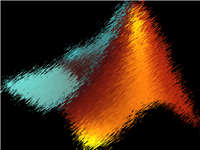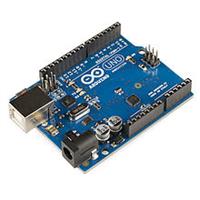-
On December 13, 2022, Microsoft released the updates KB5021088 and KB5021090 for Window 10 and Windows 11, correspondingly. These updates break many applications (including EventIDE) that use XPS documents. The issue is reported here and here. In EventIDE, the issue appears as a critical error, “StoryFragments part failed to load”, that blocks the application start.
-
On December 13, 2022, Microsoft released the updates KB5021088 and KB5021090 for Window 10 and Windows 11, correspondingly. These updates break many applications (including EventIDE) that use XPS documents. The issue is reported here and here. In EventIDE, the issue appears as a critical error, “StoryFragments part failed to load”, that blocks the application start. The issue affects all EventIDE versions.
-
05 Dec 2016
EventIDE utterly supports the XAML data binding that allows monitoring and modifying variables and object properties at runtime via the XAML-based GUI. However, the XAML data binding mechanism has some limitations, which can be counter-intuitive in real-life scenarios. Here, we show you several workarounds for common binding problems in EventIDE. The workarounds are available in the latest EventIDE versions (starting from 03-Feb-2016).
-

Using C#, you can program virtually everything in EventIDE, but for many experimental methods it will be a reinvention of the wheel. There are many packages, e.g. the Psychophysics Toolbox (PTB), that contain already a great number of implemented methods. The PTB is coded in Matlab and this article shows how to call any Matlab function (not only from PTB) in the new version of EventIDE.
-
12 Feb 2015

EventIDE allows using the XAML language for creating vectors graphics stimuli, interactive user interfaces and the customizable status screen. XAML is a rich and powerful language, but learning all XAML features and syntax can be a difficult task for beginners. Although EventIDE provides several XAML templates and basic code completion, there is much easier and better way to become a friend with XAML.
-
10 Apr 2014

The Arduino USB boards provide an easy way to communicate with an arbitrary electrical hardware by a computer USB port. The attached hardware may include LEDs, motors, sensors, response buttons, etc. Current Arduino models feature an USB interface, analog input pins and digital I/O pins and a programmable processor. Arduino boards can be used as low-cost DAQ cards in many research scenarios. This post describes how to communicate with an Arduino card in EventIDE. Consider, for example, that you want to control a LED attached to the digital pin 13 on an Arduino board.
-
22 Mar 2014

A movie file contains a stream of frames. Each frame can be represented by several hundreds thousands pixels. Usually there are 25 frames per 1 second of playback, so the movie files are condemned to be very large. To reduce a movie file size, various compression algorithms are used. Most of them are called “loosy”, because a compression process may discard or modify the original frame pixels. Although the results are barely noticeable while watching a video, the loosy compression can be disadvantageous, when a movie is used as experimental stimulus. The following example shows what may happen, when a movie is compressed with a standard loosy codec. You can see compression artefacts on the on the middle image. In contrast, when lossless codec is used, the frame pixels are intact (compare the left and the right images)
-
28 Jun 2013

After positive feedback on first EventIDE webinars, we decided to carry them regularly, once per one week or two weeks. The webinars will be given by a EventIDE developer and you need just a web browser to join. We especially encourage new website visitors to attend the nearest webinar, in order to get more detailed information about EventIDE.
-
EventIDE supports automatic update notification and patching, when a computer is connected to the Internet. In research labs, however, computers often do not have an internet connection to ensure recoding faultlessness. This post describes how to update EventIDE offline.
-
03 Apr 2013
Imagine you ask a participant to run an experiment on his own, because … weather is too bad to go at work, for example. If the participant does not know how to launch EventIDE, load an experiment and run it (a piece of cake for us, btw), he can easily break a 50 000$ research equipment. However, there is an easy solution- you can prepare EventIDE for running in the ‘player’ mode.
